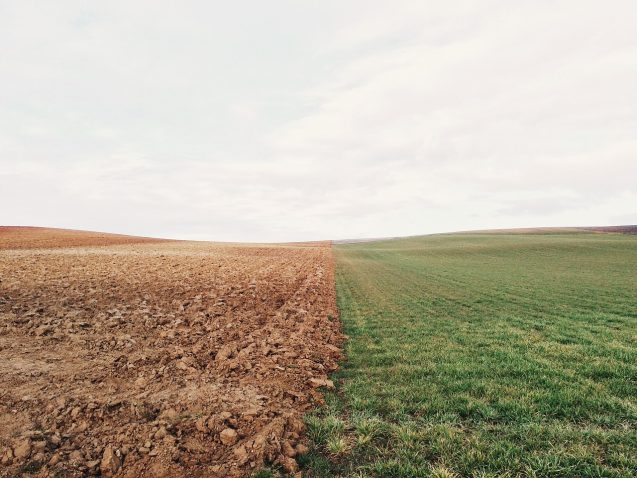
This blog was originally published on Africa.com.
By Beth Roberts, Director, Center for Women’s Land Rights at Landesa and Eleanor Blomstrom, Senior Manager for Policy and Advocacy at Women Deliver
In the first half of 2023, the world faced its longest-ever tropical cyclone, the hottest temperatures ever in Southeast Asia, and countless other extreme (and increasingly frequent) weather events. Amidst these growing global crises, climate action too often reflects the same paradigm that brought us to the brink – heavily focusing on emissions reductions and technological fixes that are profit-driven, while inadequate attention and resources are channeled to protect ecosystems and human rights and to redistribute power to impacted communities. A more democratic and gender-just paradigm is urgently needed for a sustainable future for all.
The needs, interests, rights, and leadership of the people disproportionately affected by climate change – women, girls, adolescents, pregnant individuals, non-binary people, as well as marginalized populations facing racial, gender, age-related, economic, and other inequalities – must be at the heart of this paradigm shift. Shifting in this way can bring solutions and partnerships that might not seem immediately obvious. Take, for example, sexual and reproductive health and rights (SRHR) and secure land rights. Both lead to stronger climate resilience and reinforce each other.
SRHR: Foundational to climate resilience and gender equality
Women have the right to have control over matters related to their bodies and sexuality, including sexual reproductive health (SRH). Access to contraception and safe abortion, pregnancy and childbirth care, sexually transmitted infection prevention and treatment, infertility care, treatment for reproductive cancers, and comprehensive sexuality education are crucial to well-being. But due to a myriad of structural inequalities, the majority of these vital services are limited in access, expensive, and taboo in certain communities.
Climate change exacerbates these inequalities by disrupting medical supplies, complicating transportation, and damaging health facilities, as well as increasing gender-based violence and maternal health complications. Gender discrimination and patriarchal norms compound the burdens of climate change-induced disasters for those affected. Comprehensive SRHR are essential to an individual’s capacity to adapt to climate change – along with their engagement in climate action, transformative solutions and decision-making.
Climate change deepens gender inequalities related to land
In more than 90 countries, discriminatory social norms inhibit women’s access to land. When climate change-induced disaster displaces people, those without documented land rights can face bigger obstacles returning to their land. While the scale of the problem is daunting (up to 90% of customary land in sub-Saharan Africa is undocumented, and 1 billion people live in informal settlements), women hold weaker rights to land across a number of different measures, even when land rights are documented. Slow-onset disasters like drought and land degradation worsen gender inequalities; cultural norms and childcare responsibilities leave women less likely to migrate in times of crisis.
Despite women comprising 43 percent of the world’s agricultural workforce, they are often not counted as farmers, thus facing constraints in accessing education and inputs to adapt to climate change using regenerative agricultural practices.
Simultaneously, when women have strong rights to land, efforts to address climate change are more successful. Women are leaders in natural resource management and bulwarks of food security within their communities, but their ability to ensure effective climate adaptation and resilience is frequently hindered due to insecure land rights. As community perceptions about women’s contributions change when their land rights are strengthened, women’s decision-making power around land management and climate leadership capacity increases.
To us, the linkage between SRHR and land rights is clear. When both SRHR and land rights are secure, people have greater agency. With greater agency comes increased educational and economic opportunities, less susceptibility to gender-based violence, leading overall to better health, wellbeing and more choices about their livelihoods, including those based around land.
To advance climate resilience, focus on women and girls
Climate resilience for all requires removing barriers for people most affected by climate impacts and most effective in climate action: women and girls in all their diversity.
Countries need both health systems and land governance that are gender equitable to support urgent climate action. This must include elevating the leadership of women and girls working at grassroots levels. They know what is most needed.
It’s time to transform the paradigm: The promise of gender justice is a resilient world in which everyone’s fundamental rights are realized and respected.
